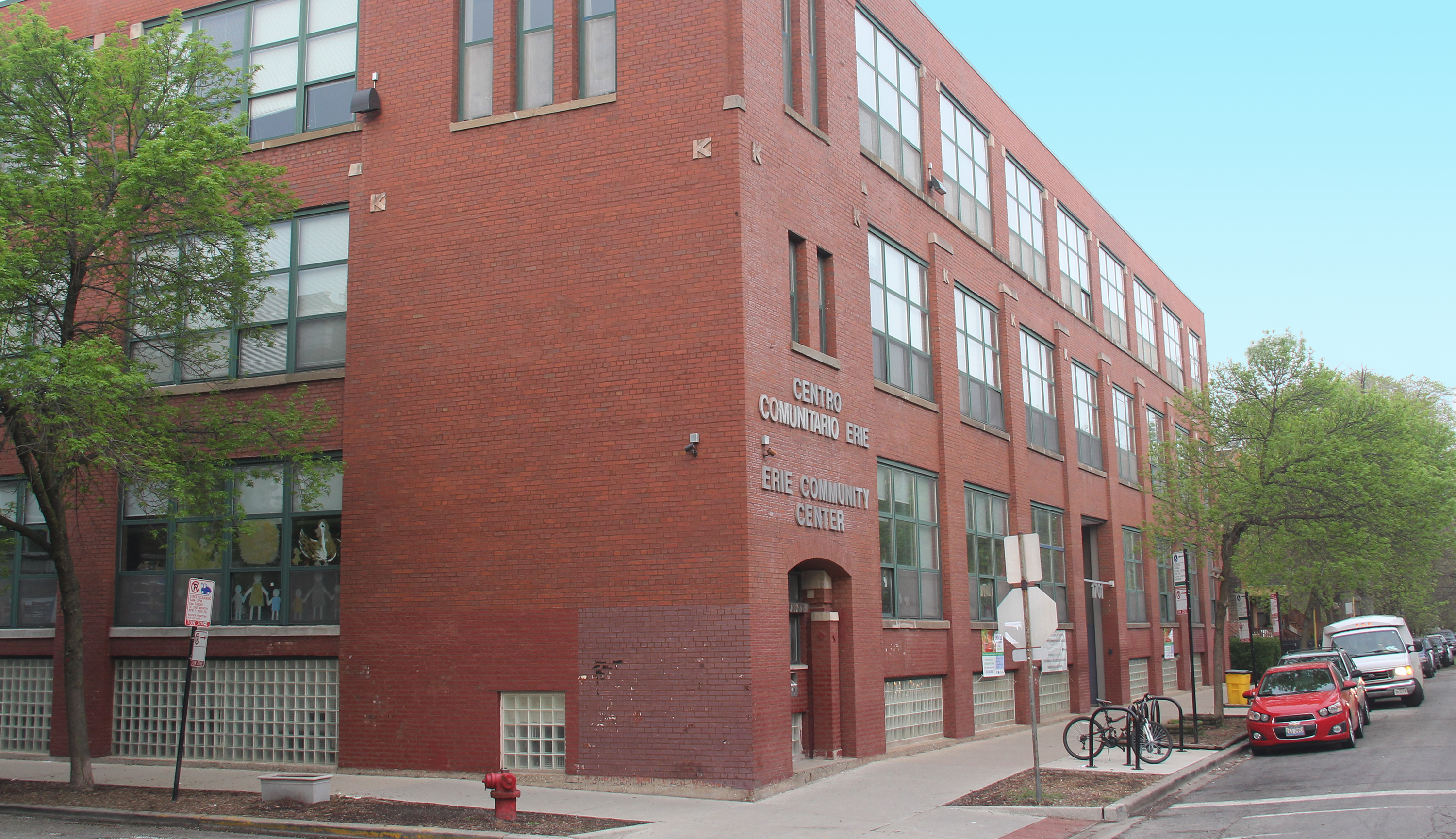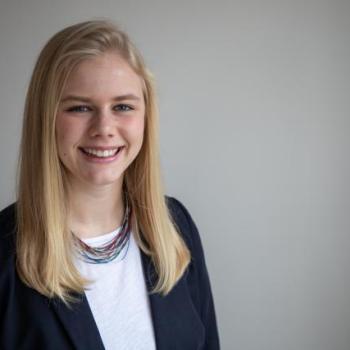Social Resource Program Born from the Challenges of a Pandemic
In March of 2020, the social and economic impacts of the COVID-19 pandemic and a national response to them were the topics of debate in the chambers of Congress. For the patients and staff at Erie Family Health Centers in Chicago, Illinois, these impacts were more than just a topic of debate; they were realities of life. Erie patients, like many people globally, faced challenges including loss of income, housing and food insecurity, and social disconnection, in addition to the stress caused by the uncertainty of a pandemic.
On March 27th, 2020, the CARES Act, or the Coronavirus Aid, Relief, and Economic Security Act was signed into law, initiating a $2 trillion stimulus package in the form of direct checks to households, small business loans, and expansion of unemployment benefits, among other things. While these stimulus programs provided some relief, the hardships they addressed were not new to pandemic times; they were simply challenges emphasized by the added stress of a pandemic on society. It was this emphasis that was the impetus for the creation of Erie’s Social Determinants of Health (SDOH) Program. Instead of addressing these problems on a national level as the CARES Act was designed to, Erie’s SDOH program utilized the clinic’s strength of community connection to address these problems at the local level.
Since beginning my service term in August at NHC Chicago and Erie Family Health Centers, I have served on the SDOH team to provide outreach to patients. At every Erie telehealth visit (over the phone or video), patients are screened to determine their need for non-clinical resources addressing life necessities such as housing, food, or childcare. Patients who screen positive are connected with a member of the Social Determinants of Health Team, like me. When I receive my list each week, I begin calling patients and engaging them in conversations to uncover what type of resources would benefit them most. During hundreds of SDOH calls, people have entrusted me with their stories of hardship and resilience, their hopes for their families, and their vulnerability to ask for and accept help. To honor this trust, I have striven to listen carefully to their words and to connect them with resources personalized to their and their families’ needs.
While this program was born out of the darkness of the pandemic, it is a program that has always been needed for low-income patients served at community health clinics like Erie. Providers can treat a patient’s clinical symptoms, but they can’t solve a patient’s struggle to find safe housing or to access healthy food. By combining the clinical skills of providers and the resourcefulness of support staff, community health clinics can progress closer to the ultimate goal of treating the whole person. National programs and their funding play a vital role in addressing the country’s inequalities, but it is local programs that do the work of tailoring aid to the specific needs of a community.

Host Site
1701 W. Superior
Chicago, IL 60622
Erie Amundsen School-Based Health Center
5110 North Damen Avenue
Chicago, IL 60625
Erie Clemente Wildcats School-Based Health Center
1147 N. Western Avenue
Chicago, IL 60622
Erie Johnson School-Based Health Center
1504 S. Albany Ave.
Chicago, IL 60623
Erie Lake View School-Based Health Center
4015 North Ashland Avenue
Chicago, IL 60613
Erie Teen and Young Adult Health Center
2418 W. Division Street
Chicago, IL 60622
Erie Westside Health Center
646 North Lawndale Avenue
Entrance on Ridgeway Avenue
Chicago, IL 60624
1701 W. Superior
Chicago, IL 60622
Erie Amundsen School-Based Health Center
5110 North Damen Avenue
Chicago, IL 60625
Erie Clemente Wildcats School-Based Health Center
1147 N. Western Avenue
Chicago, IL 60622
Erie Johnson School-Based Health Center
1504 S. Albany Ave.
Chicago, IL 60623
Erie Lake View School-Based Health Center
4015 North Ashland Avenue
Chicago, IL 60613
Erie Teen and Young Adult Health Center
2418 W. Division Street
Chicago, IL 60622
Erie Westside Health Center
646 North Lawndale Avenue
Entrance on Ridgeway Avenue
Chicago, IL 60624
